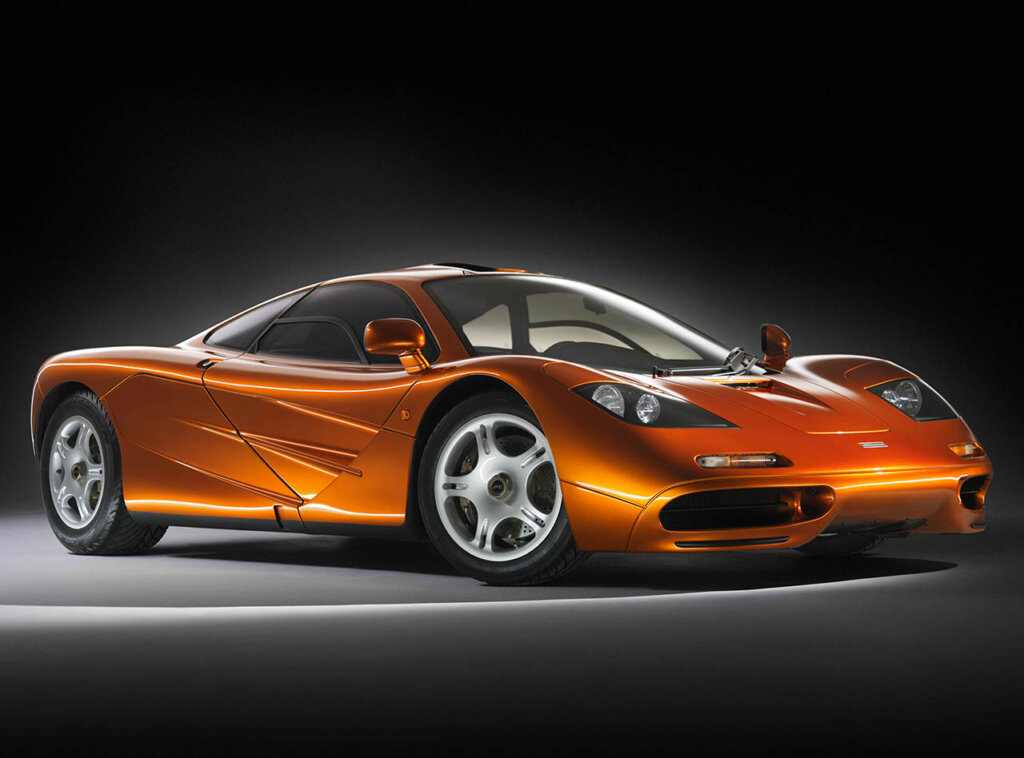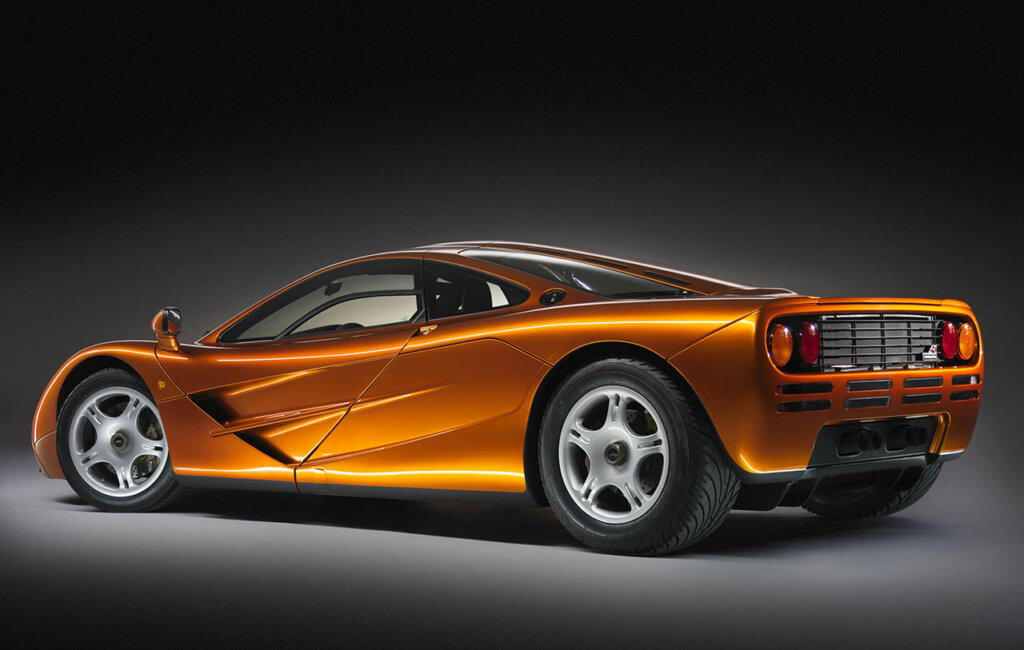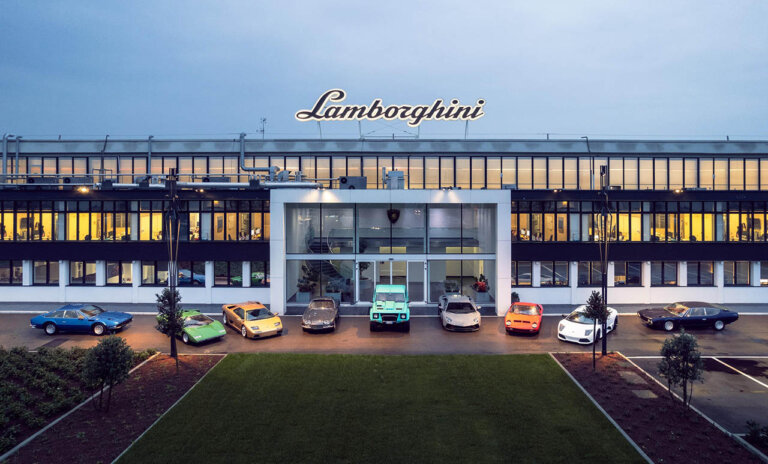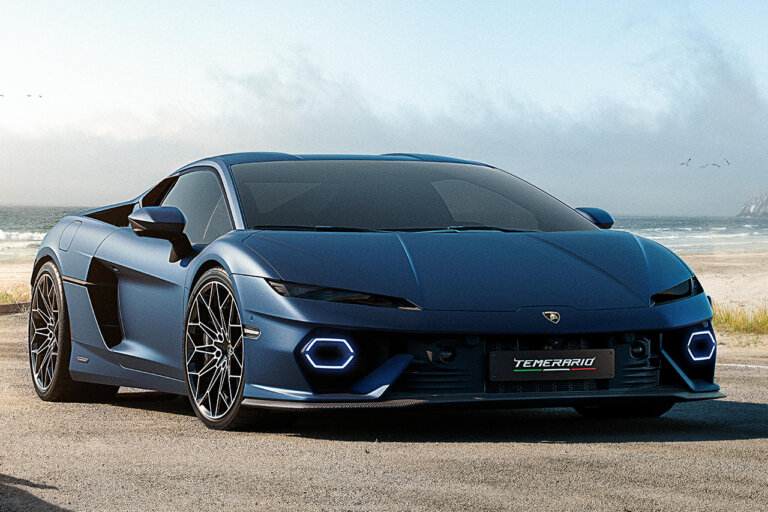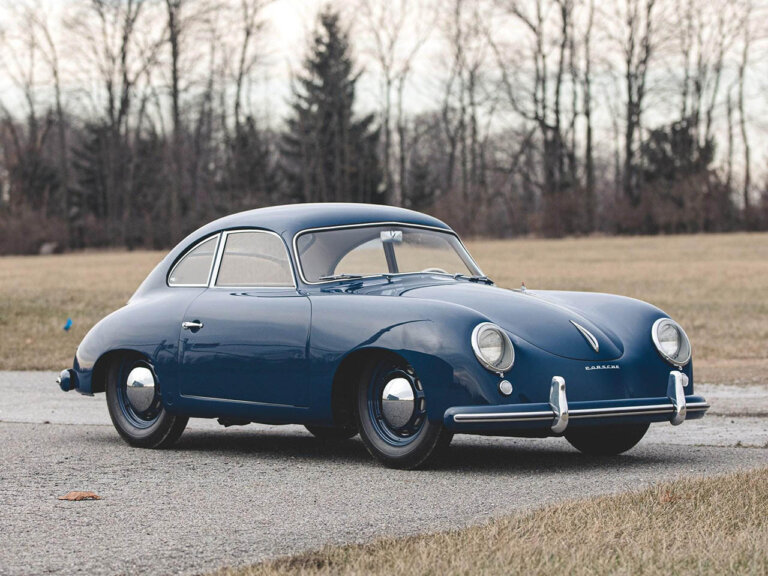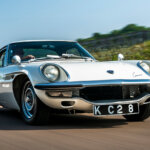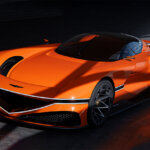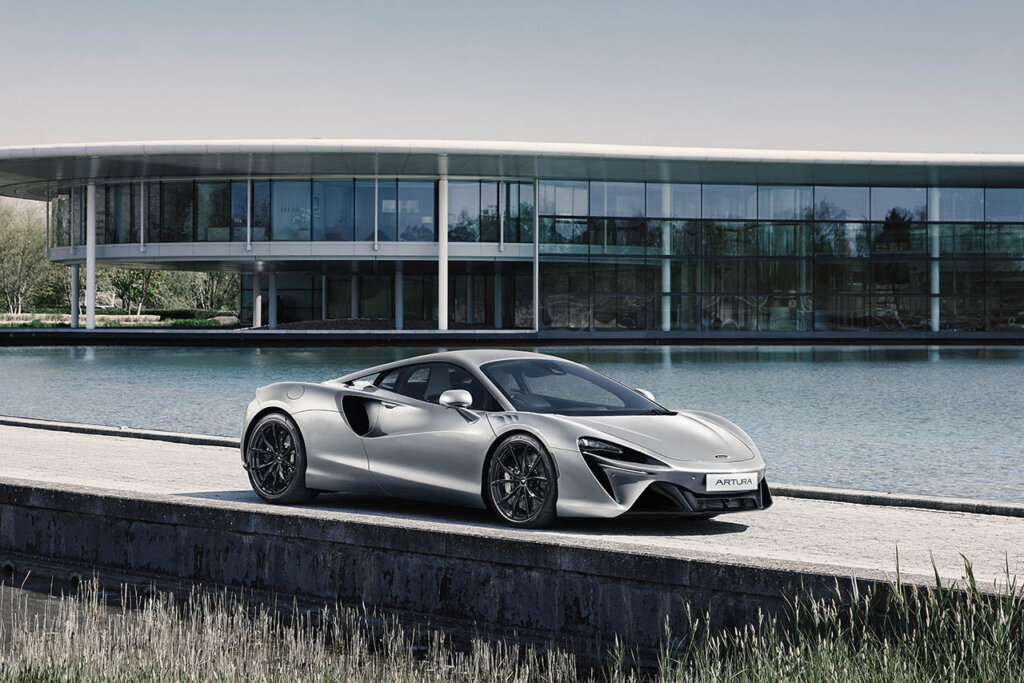
Source: McLaren Newsroom
With a long legacy forged from the racetracks, McLaren Automotive has effortlessly fused speed with sophistication onto street-legal cars. Spinning off from their iconic Formula 1 racing team, McLaren Automotive was able to meticulously craft road-legal masterpieces, while keeping their Formula 1 philosophy. From McLaren F1 to the SLR McLaren, McLaren Automotive’s impressive line of supercars has etched their name in the records of automotive history. However, it is more than just a name – it’s an ongoing practice of perfection, a symphony of aerodynamics, and an ode to their racing philosophy.
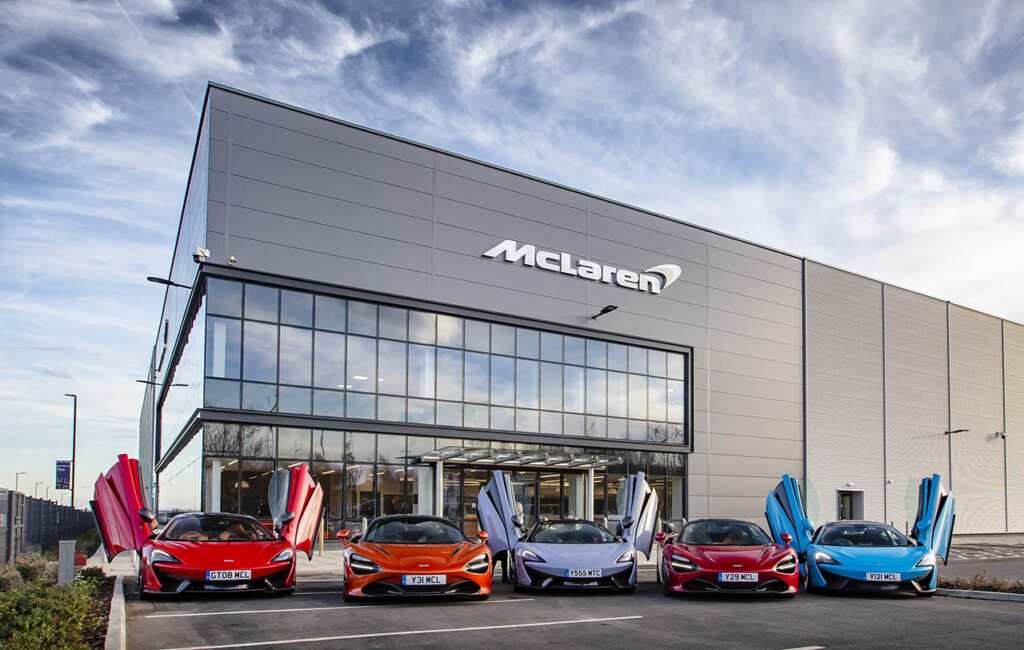
McLaren’s Merge & Spinoff
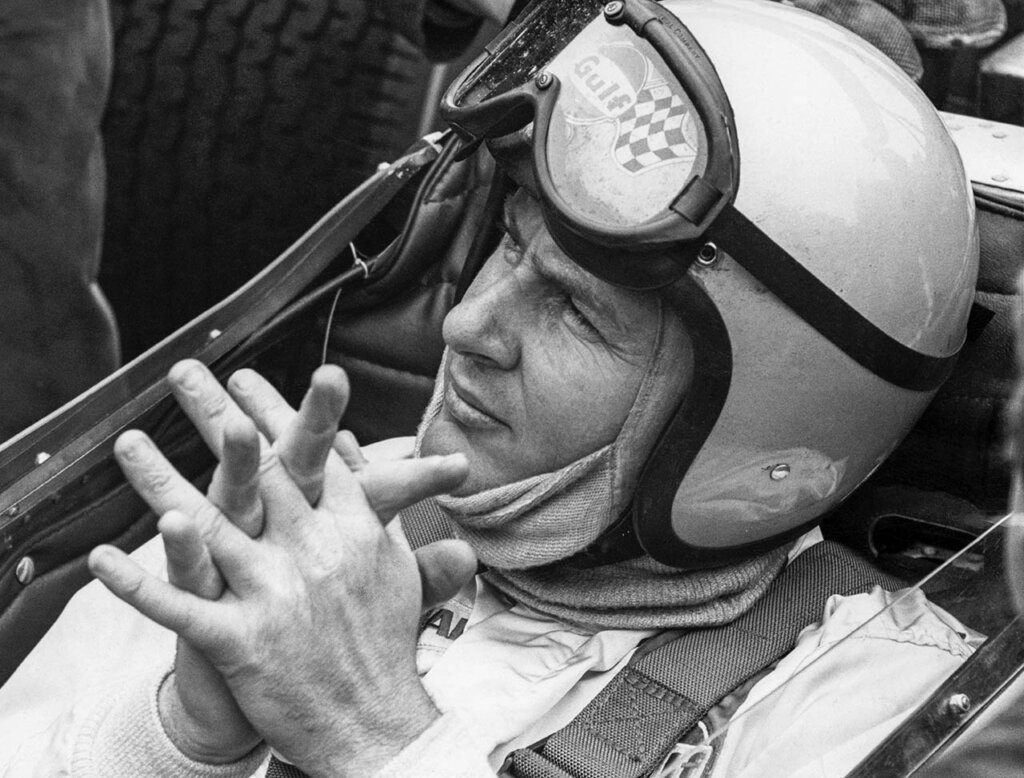
Source: McLaren Newsroom
McLaren is well known for their racing division, which was founded and led by the legendary Bruce McLaren. Under the leadership of Bruce McLaren, the racing team went on to develop some of the most innovative and impressive race cars in motorsports history. However, McLaren Racing suffered a major blow when Bruce McLaren died in a car crash at 32 years old. In honor of his memory, McLaren continued on after his death and was able to continue their success by attracting many famous drivers, numerous racing wins and developing more powerful race cars around the world.
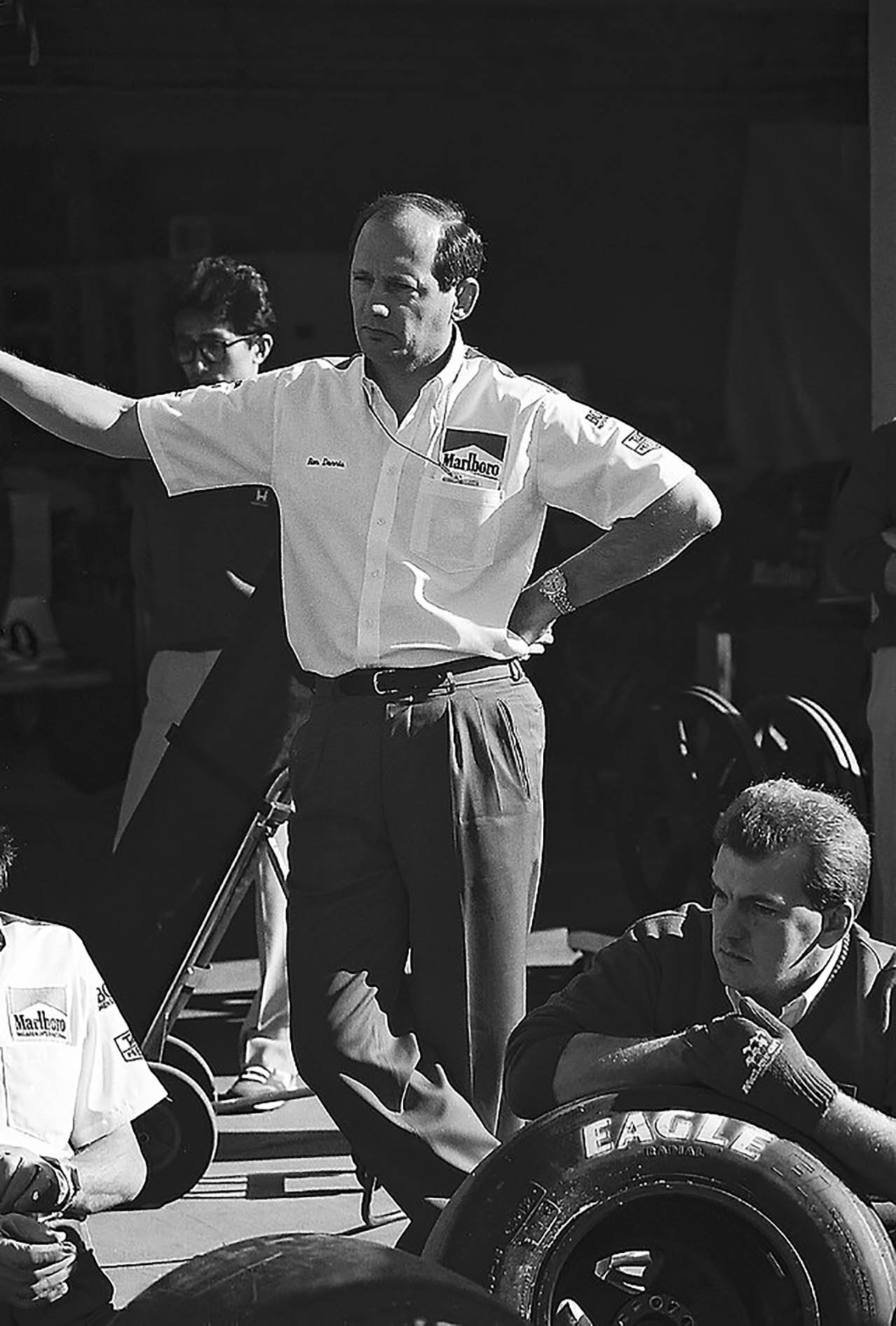
In 1980, McLaren joined forces with Ron Dennis’ Project 4 Racing team. This collaboration marked the return of designer John Barnard, who harbored a keen interest in employing carbon fiber composite technology. While carbon fiber had found application in aerospace, its integration into a complete racing car monocoque was unprecedented. McLaren, at the forefront of innovation, pioneered the use of carbon fiber in motorsports with the introduction of their groundbreaking car, the MP4/1. This innovation not only elevated levels of rigidity but also significantly enhanced driver safety in the realm of Formula 1. By 1989, McLaren made a monumental decision to develop street-legal cars for the public. Created by Dennis, Team Principal and Gordon Murray, McLaren developed their first street-legal supercar, the F1.
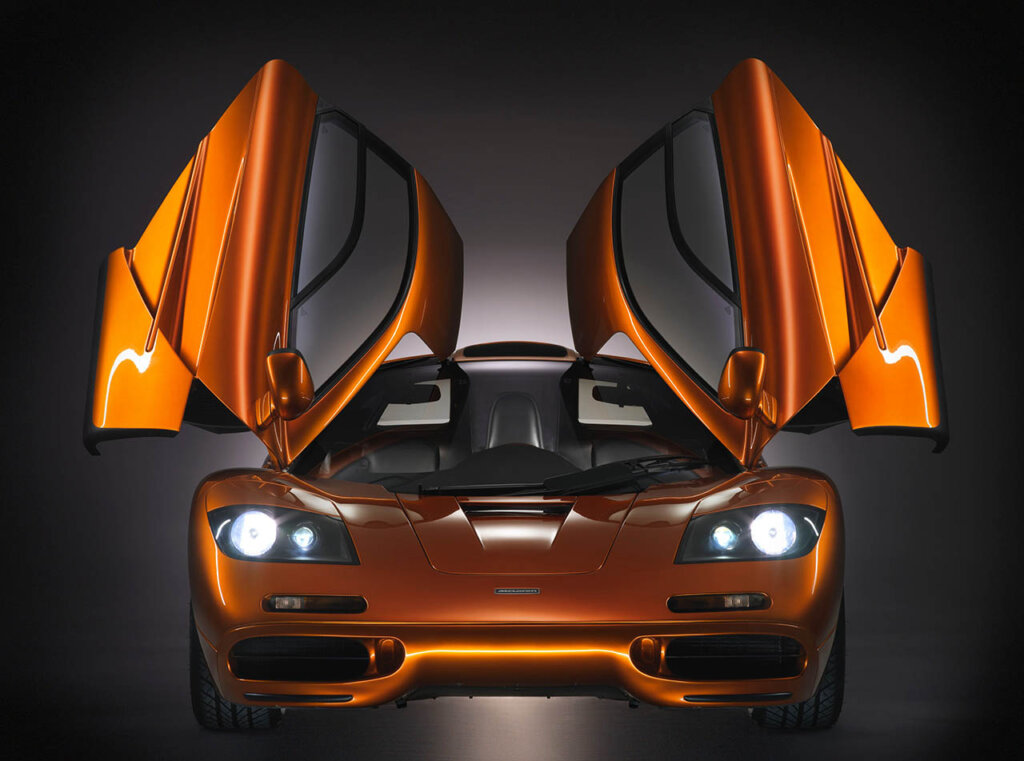
Source: McLaren Newsroom
